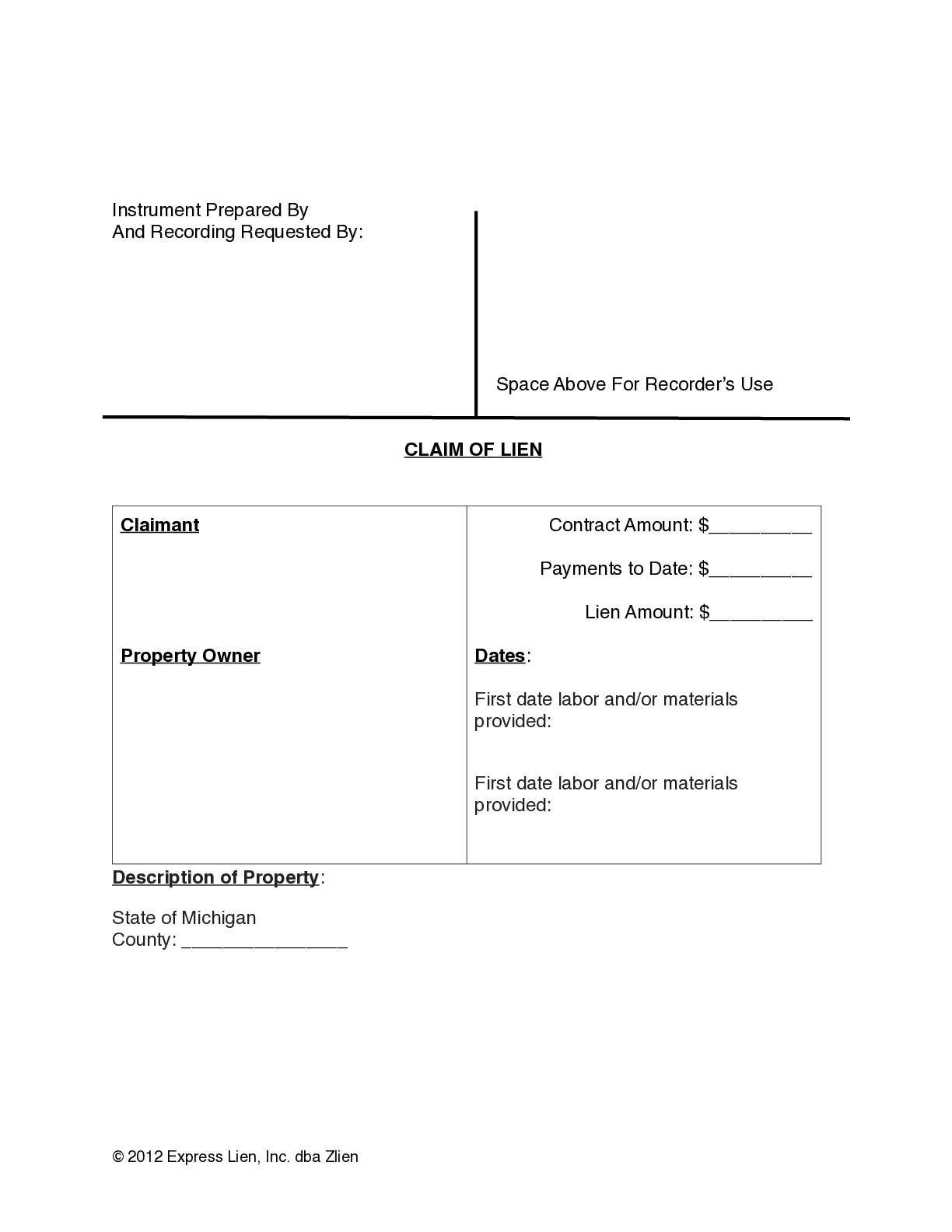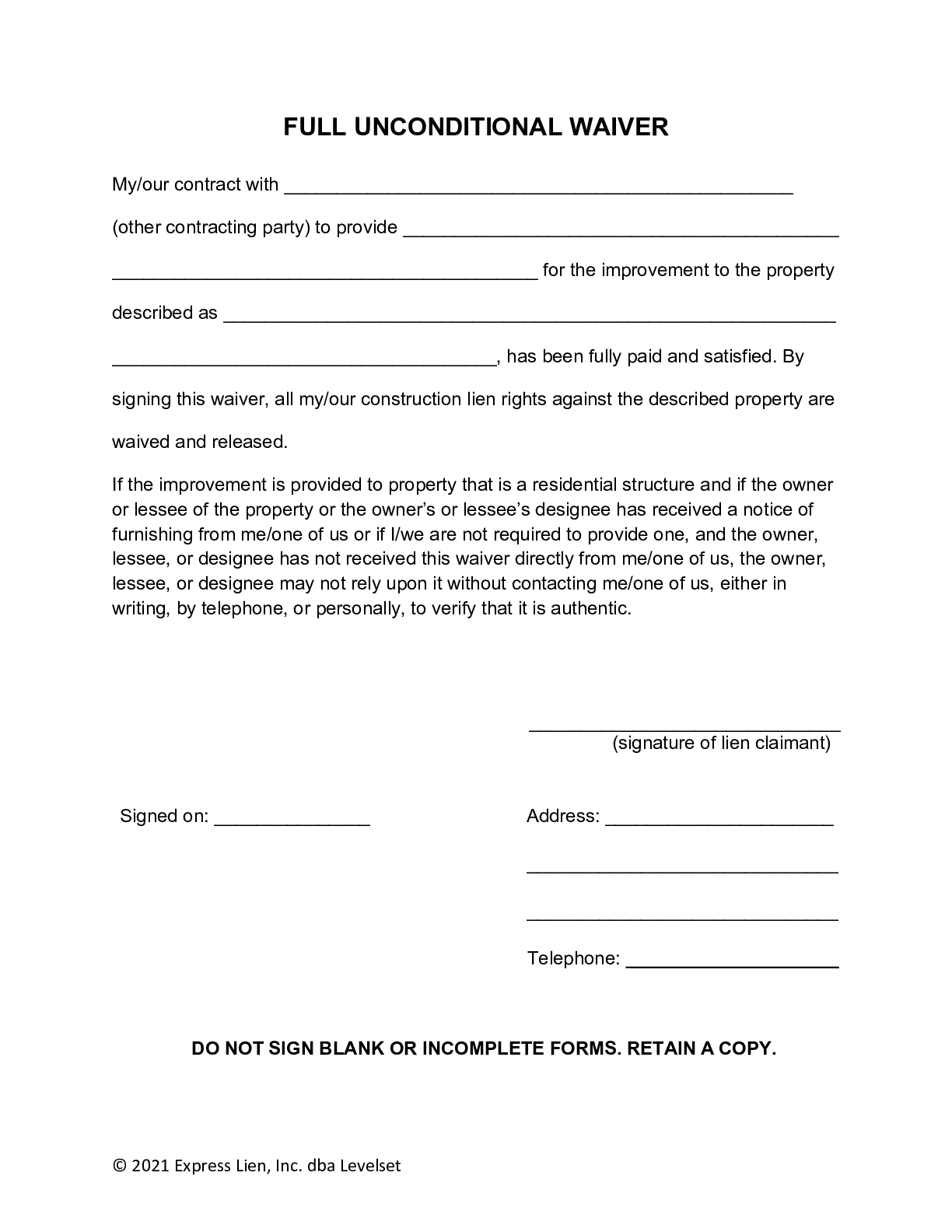The Michigan construction Lien Act: A Comprehensive Overview
The Michigan Construction Lien Act (Act 497 of 1980, as amended) is a complex piece of legislation designed to protect the rights of contractors, subcontractors, suppliers, and laborers who provide services or materials for the improvement of real property. It establishes a mechanism for these parties to secure payment for their work by placing a lien on the property where the improvements were made. This article provides a detailed overview of the Act, outlining its key provisions and practical implications.
What is a Construction Lien?
A construction lien is a legal claim against a property, securing payment for work or materials provided for its improvement. It essentially gives the lien claimant a security interest in the property, meaning that if payment is not received, they can Potentially force the sale of the property to satisfy the debt. This protection is crucial in the construction industry, where payment disputes are common.
Who is Protected by the Act?

The Act protects a wide range of parties involved in the construction process, including:
Direct Contractors: Those who contract directly with the owner of the property.
The Importance of the Claim of Lien
The “Claim of Lien” is the most critical document in the lien process. It is a formal statement that the lien claimant is owed money for work or materials provided to the project. Properly preparing and recording the Claim of Lien is essential to perfecting the lien rights.
Key Requirements and Procedures

The Act outlines specific steps and deadlines that must be followed to properly perfect and enforce a construction lien. Failure to comply with these requirements can result in the loss of lien rights. Some of the key procedures and deadlines include:
# Notice of Furnishing
Subcontractors, suppliers, and laborers who do not have a direct contract with the owner must serve a “Notice of Furnishing” on the owner and the direct contractor within 20 days after first providing labor, materials, or services to the project. This notice informs the owner and contractor that the claimant is providing services to the project and intends to claim a lien if payment is not received.
# Claim of Lien
The Claim of Lien must be recorded with the county register of deeds where the property is located within 90 days after the claimant’s last day of providing labor, materials, or services to the project. This document must contain specific information, including the claimant’s name and address, the owner’s name and address, a description of the property, and the amount of the claim.
# Service of the Claim of Lien
A copy of the Claim of Lien must be served on the owner within 15 days after it is recorded.
# Foreclosure of the Lien
If payment is not received, the lien claimant must file a lawsuit to foreclose the lien within one year after the date of recording the Claim of Lien.
The Role of the Owner
The property owner also has certain responsibilities under the Act. They have the right to demand a “Sworn Statement” from the direct contractor, which provides information about subcontractors, suppliers, and amounts owed. Owners should also be diligent in tracking payments and ensuring that lien waivers are obtained from all parties who have provided services or materials to the project.
Discharge of Lien
A construction lien can be discharged in several ways, including:
Payment in full: The most straightforward way to discharge a lien is for the owner to pay the amount owed to the lien claimant.
Priority of Liens
The Act establishes a priority system for construction liens. Generally, liens have priority based on the date of recording. However, certain types of liens, such as those for labor, may have priority over other liens.
Waivers of Lien
Lien waivers are documents signed by a lien claimant, releasing their right to claim a lien. These waivers are often required before payment is released. It’s crucial to understand the different types of lien waivers and their implications. There are four types of waivers:
# Full unconditional waiver
This type of waiver releases all lien rights, regardless of whether payment has been received.
# Full conditional waiver
This waiver releases all lien rights only after payment has been received.
# Partial unconditional waiver
This waiver releases lien rights for a specific portion of the work or materials, regardless of whether payment has been received for that portion.
# Partial conditional waiver
This waiver releases lien rights for a specific portion of the work or materials, only after payment has been received for that portion.
Practical Implications and Considerations
The Michigan Construction Lien Act is a complex but essential tool for protecting the rights of those involved in the construction industry. Understanding the Act’s provisions and adhering to its requirements is crucial for both lien claimants and property owners. Some practical considerations include:
Maintaining accurate records: Detailed records of work performed, materials supplied, and payments made are essential for both lien claimants and owners.
Recent Amendments and Updates
The Construction Lien Act has been amended several times since its original enactment. It’s important to be aware of the most recent amendments and how they may affect your rights and responsibilities. Consulting with a legal professional is highly recommended to stay informed of any changes to the Act.
Conclusion
The Michigan Construction Lien Act is a vital piece of legislation that plays a significant role in the construction industry. It balances the interests of various parties involved in construction projects, ensuring fair compensation for work performed and materials provided. While the Act can be complex, understanding its key provisions and procedures is crucial for protecting your rights and navigating the construction process successfully. This overview provides a general understanding of the Act, but it is not a substitute for professional legal advice. Always consult with a qualified attorney to address specific situations and ensure compliance with the law.
michigan construction lien act
